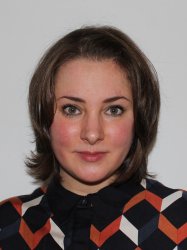BibTex format
@article{Bedoya:2017:10.1039/C7TA05125E,
author = {Bedoya, Lora FE and Hankin, A and Kelsall, G},
doi = {10.1039/C7TA05125E},
journal = {Journal of Materials Chemistry A},
pages = {22683--22696},
title = {En route to a unified model for photo-electrochemical reactor optimization. I - Photocurrent and H yield predictions},
url = {http://dx.doi.org/10.1039/C7TA05125E},
volume = {5},
year = {2017}
}

